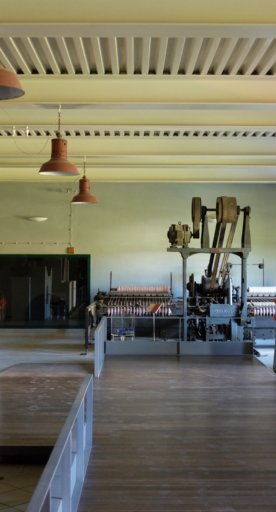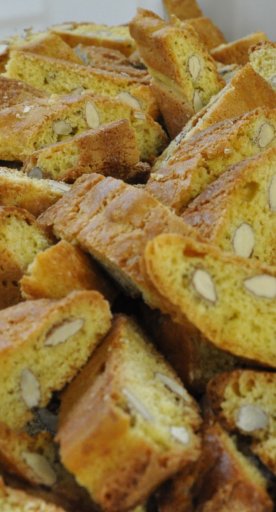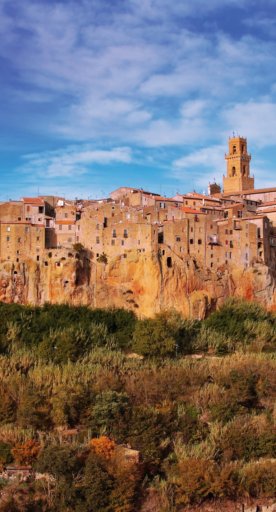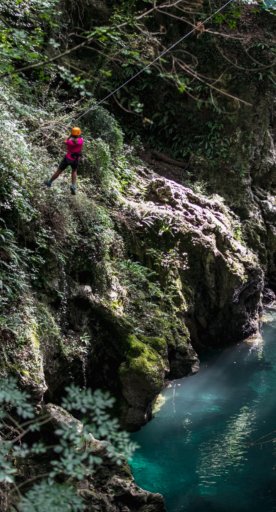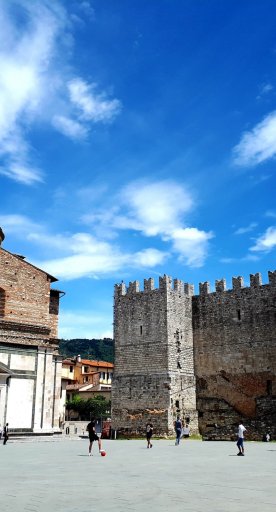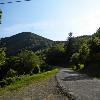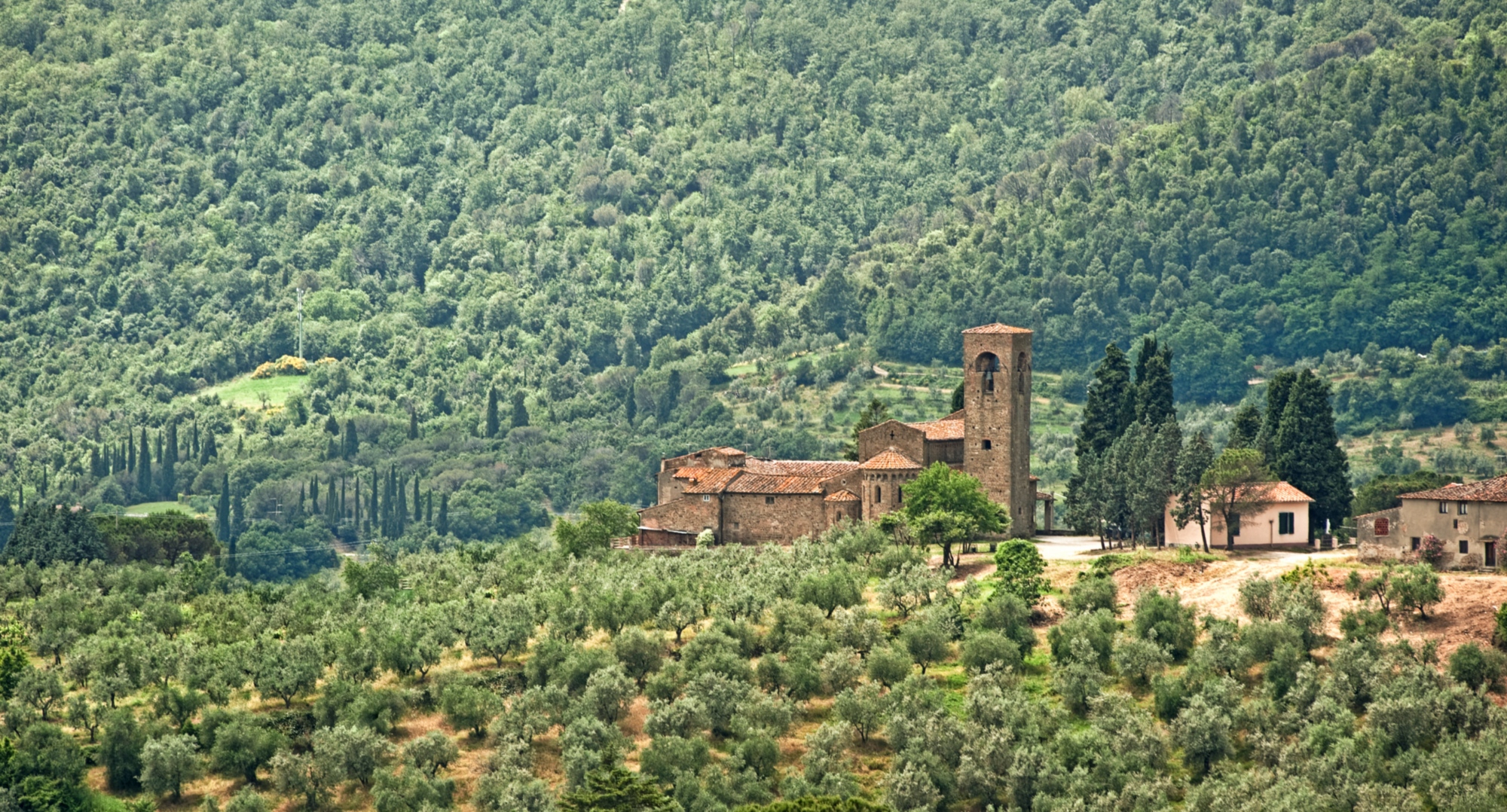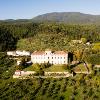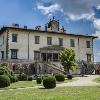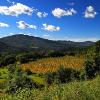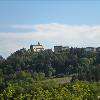Vernio is a scattered municipality in a mostly mountaineous area, rich in streams and dense in vegetation, which due to the varied nature of its little wooded hamlets proves an enjoyable summer destination for those in search of relaxation. Situated beside a large bend in the Bisenzio river, the Apennine watershed runs through the hamlets. The earliest settlements documented in this part of the Bisenzio Valley date to Ancient Roman times.
Some significant social and historic changes took place locally between 1924 and 1934 with the construction of the long Apennine tunnel along the Florence-Prato-Bologna highway, sparking job opportunities for the entire valley, putting an end to the seasonal migration into Maremma and Corsica. In the 1950s, big farms and the figure of the farmer ceased to exist. Major changes occurred after the valley’s main textile mills closed down.





